
The Sansevieria plant, also commonly known as Snake Plant or Mother-in-Law's Tongue, is a remarkable species that has garnered widespread popularity as a houseplant. Its allure lies not only in its striking appearance but also in its ease of care and numerous health benefits. In this comprehensive exploration, we delve into the fascinating world of Sansevieria, examining its origins, characteristics, cultivation, and the myriad reasons why it has become a favorite among plant enthusiasts.
1. Origins and Taxonomy
Sansevieria belongs to the family Asparagaceae, subfamily Nolinoideae, and genus Sansevieria. The genus name honors Raimondo di Sangro, Prince of San Severo, an Italian patron of horticulture in the 18th century. Native to tropical regions of Africa, Madagascar, and southern Asia, Sansevieria species have adapted to diverse climates, from arid deserts to lush rainforests.
The genus comprises approximately 70 recognized species, each exhibiting unique traits in terms of leaf shape, size, and coloration. Some of the most common species include Sansevieria trifasciata, Sansevieria cylindrica, Sansevieria zeylanica, and Sansevieria laurentii. These species vary in their growth habits, with some producing rosettes of leaves while others develop cylindrical foliage.
2. Characteristics
Sansevieria is celebrated for its distinctive foliage, which often features upright, sword-shaped leaves arising from a basal rosette. The leaves may be stiff and succulent-like, or cylindrical and slender, depending on the species. One of the most recognizable attributes of Sansevieria is its striking leaf patterning, characterized by variegated stripes or mottled markings in shades of green, yellow, or silver.
The leaves can grow to varying lengths, ranging from a few inches to several feet, making Sansevieria suitable for both tabletop arrangements and floor displays. Some species, such as Sansevieria trifasciata 'Moonshine,' boast silvery-gray leaves that lend a modern, minimalist aesthetic to indoor spaces. In contrast, others, like Sansevieria cylindrica, feature cylindrical foliage that adds architectural interest to any room.
Beyond its ornamental value, Sansevieria possesses practical benefits that contribute to its popularity as a houseplant. Notably, it is renowned for its air-purifying capabilities, with studies indicating its effectiveness in removing toxins such as formaldehyde, benzene, and xylene from indoor environments. Additionally, Sansevieria exhibits CAM (Crassulacean Acid Metabolism) photosynthesis, enabling it to absorb carbon dioxide and release oxygen even at night, making it an ideal bedroom companion for improving air quality.
3. Cultivation and Care
Sansevieria's resilience and adaptability make it a favored choice for both novice and experienced gardeners seeking low-maintenance plants. Cultivating Sansevieria is relatively straightforward, requiring minimal attention and accommodating a range of growing conditions.
4. Light
Sansevieria thrives in bright, indirect light but can tolerate low-light conditions, making it suitable for offices, bedrooms, and other areas with limited natural sunlight. However, prolonged exposure to intense sunlight may cause leaf burn, so it's best to shield Sansevieria from direct sun during peak hours, especially in hot climates.
5. Watering
One of the keys to successfully growing Sansevieria is to exercise restraint when watering. These plants are adapted to dry conditions and are susceptible to root rot if overwatered. Allow the soil to dry out between waterings, and water sparingly, especially during the dormant winter months. A well-draining potting mix formulated for succulents or cacti is ideal for Sansevieria.
6. Temperature and Humidity
Sansevieria is tolerant of a wide range of temperatures, thriving in average room temperatures between 60°F to 80°F (15°C to 27°C). However, it is sensitive to frost and should be protected from cold drafts during winter. While Sansevieria can withstand low humidity levels typical of indoor environments, occasional misting or placing the pot on a pebble tray filled with water can provide added moisture, especially during dry seasons.
7. Repotting and Propagation
Repot Sansevieria plants every two to three years to refresh the soil and provide room for growth. When repotting, select a slightly larger container and use well-draining soil to prevent waterlogging. Sansevieria can also be propagated through division or leaf cuttings. Simply separate the rhizomes or cut a healthy leaf into sections and plant them in a well-draining medium. With proper care, these cuttings will develop roots and grow into new plants.
8. Varieties and Cultivars
Sansevieria enthusiasts are spoiled for choice with a wide array of cultivars showcasing diverse leaf shapes, colors, and patterns. From classic varieties like Sansevieria trifasciata 'Laurentii,' with its bold yellow margins, to newer introductions like Sansevieria 'Black Coral,' featuring dark, almost black foliage, there is a Sansevieria cultivar to suit every taste and interior style.
Some notable cultivars include:
- Sansevieria trifasciata 'Hahnii': A compact, dwarf variety with short, cylindrical leaves arranged in rosettes.
- Sansevieria trifasciata 'Golden Hahnii': Similar to 'Hahnii,' but with vibrant yellow-green foliage.
- Sansevieria trifasciata 'Futura Superba': Recognizable by its broad, lance-shaped leaves adorned with light green stripes.
- Sansevieria cylindrica 'Boncel': Known for its cylindrical, spear-like foliage that grows in tight clusters.
Health Benefits and Uses
Beyond its aesthetic appeal, Sansevieria offers numerous health benefits, both physical and psychological. As mentioned earlier, its air-purifying qualities contribute to cleaner indoor air, which can alleviate respiratory issues and promote overall well-being. Moreover, caring for plants such as Sansevieria has been shown to reduce stress, improve mood, and enhance productivity, making them valuable allies in today's fast-paced, technology-driven world.
In addition to their role as houseplants, Sansevieria species have cultural significance in various traditions and folk medicine practices. In some cultures, Sansevieria is believed to bring good luck and prosperity to households, while in others, it is used medicinally to treat ailments ranging from headaches to snakebites, hence its common name, "Snake Plant."
1. Conclusion
In conclusion, the Sansevieria plant stands out as a versatile and resilient species that has captured the hearts of plant enthusiasts worldwide. Its striking foliage, air-purifying capabilities, and ease of care make it an ideal choice for both seasoned gardeners and beginners alike. Whether adorning a living room corner, brightening a dimly lit office cubicle, or purifying the air in a bedroom, Sansevieria adds beauty and vitality to any indoor space. With its rich history, diverse varieties, and numerous health benefits, the Sansevieria plant truly deserves its place as a beloved staple of modern plant culture.
| A |
B |
|---|---|
| 1 |
2 |
Noodles Co.
Address: 5171 W Campbell Ave undefined Kent, Utah 53127 United States
Contact Seller:(+91) - 540-025-553
Rating
92%
Ship on time
100%
Chat response
89%
Noodles & Company is an American fast-casual restaurant that offers international and American noodle dishes and pasta in addition to soups and salads. Noodles & Company was founded in 1995 by Aaron Kennedy and is headquartered in Broomfield, Colorado. The company went public in 2013 and recorded a $457 million revenue in 2017.In late 2018, there were 460 Noodles & Company locations across 29 states and Washington, D.C.













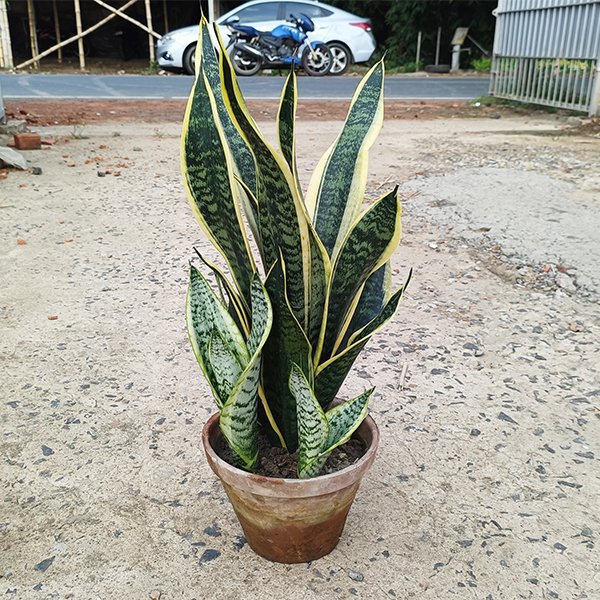
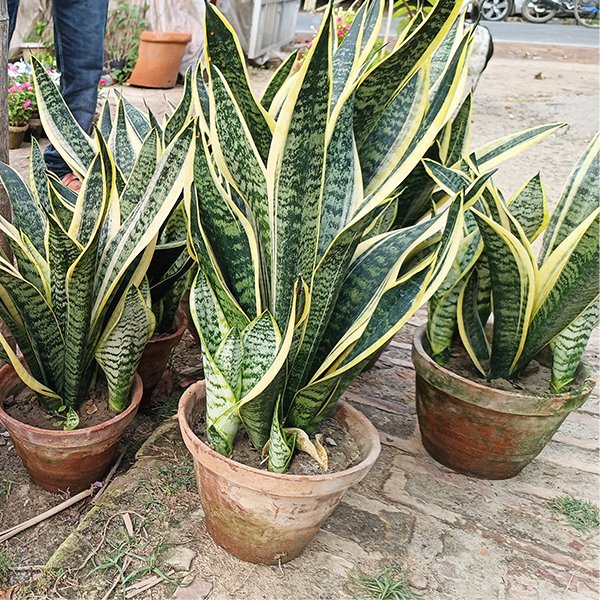

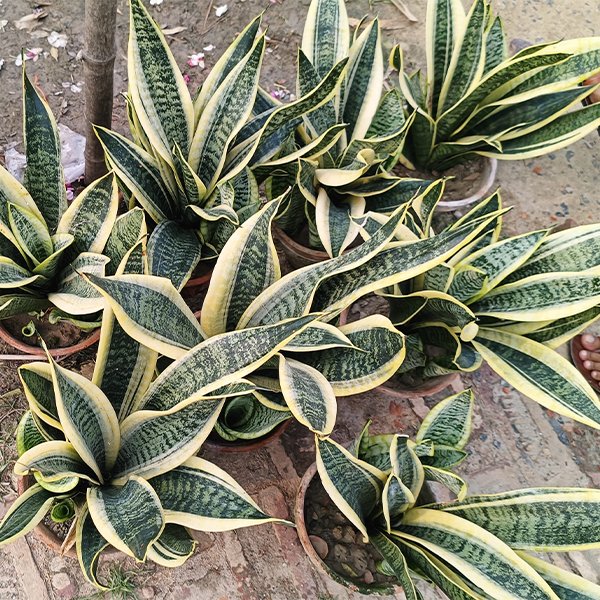
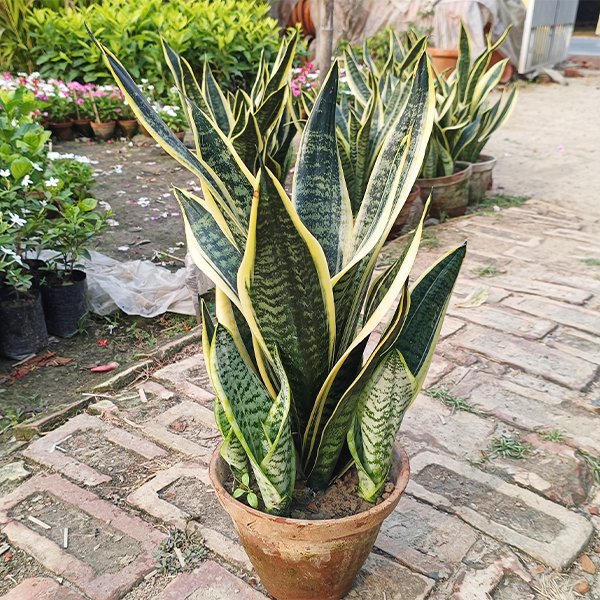
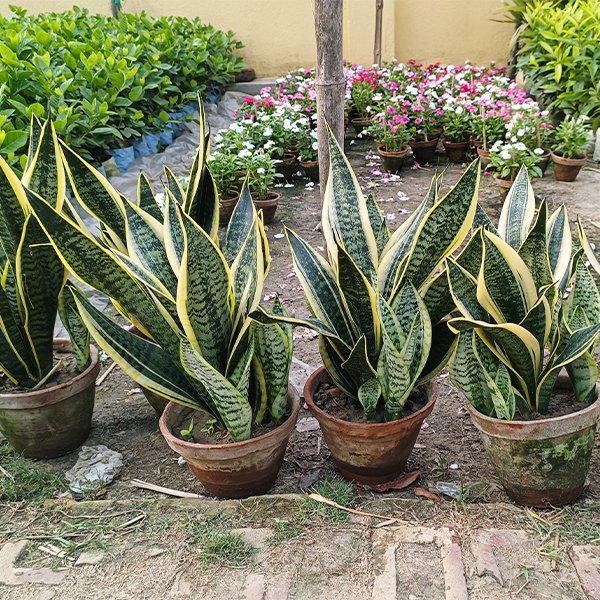

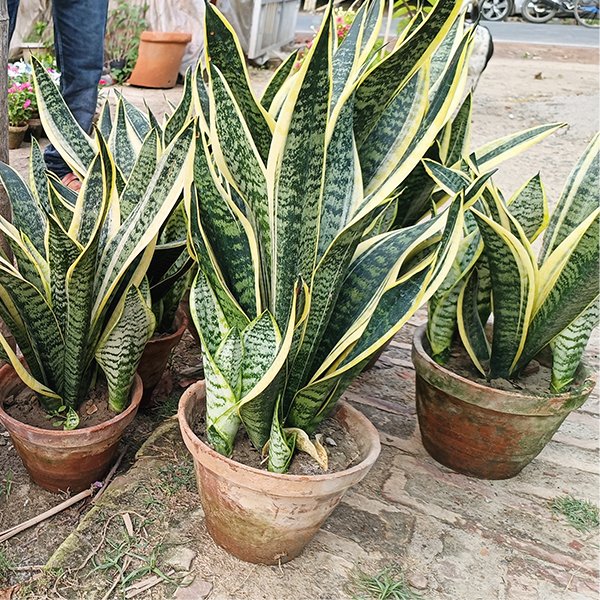

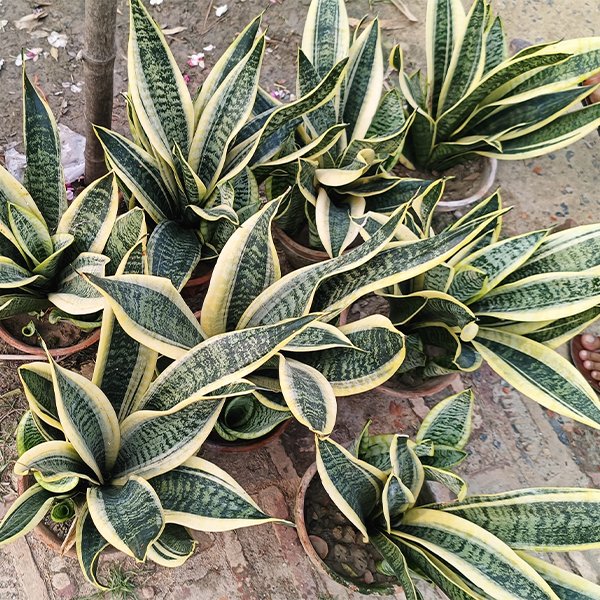
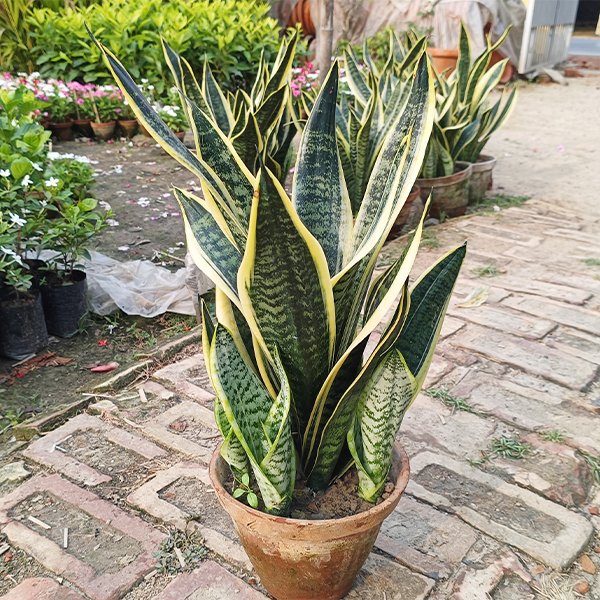


Lorem ipsum dolor sit amet, consectetur adipisicing elit. Delectus, suscipit exercitationem accusantium obcaecati quos voluptate nesciunt facilis itaque modi commodi dignissimos sequi repudiandae minus ab deleniti totam officia id incidunt? Reply
Lorem ipsum dolor sit amet, consectetur adipisicing elit. Delectus, suscipit exercitationem accusantium obcaecati quos voluptate nesciunt facilis itaque modi commodi dignissimos sequi repudiandae minus ab deleniti totam officia id incidunt? Reply
Lorem ipsum dolor sit amet, consectetur adipisicing elit. Delectus, suscipit exercitationem accusantium obcaecati quos voluptate nesciunt facilis itaque modi commodi dignissimos sequi repudiandae minus ab deleniti totam officia id incidunt? Reply